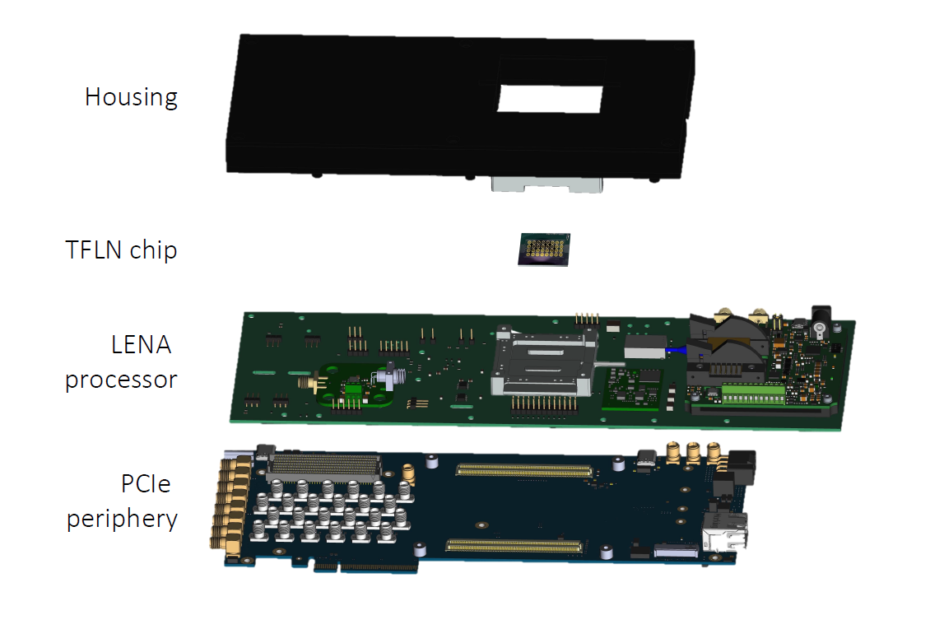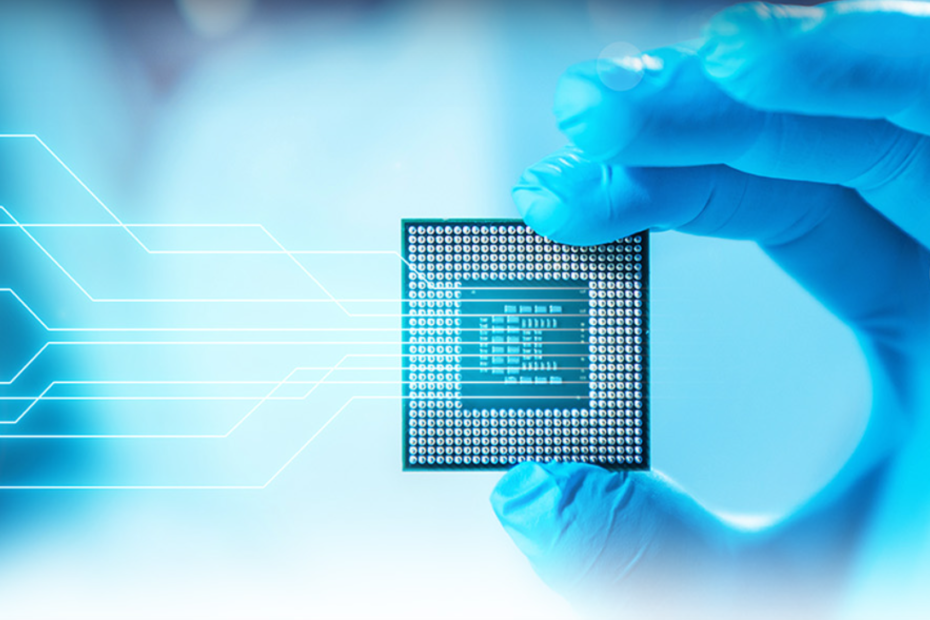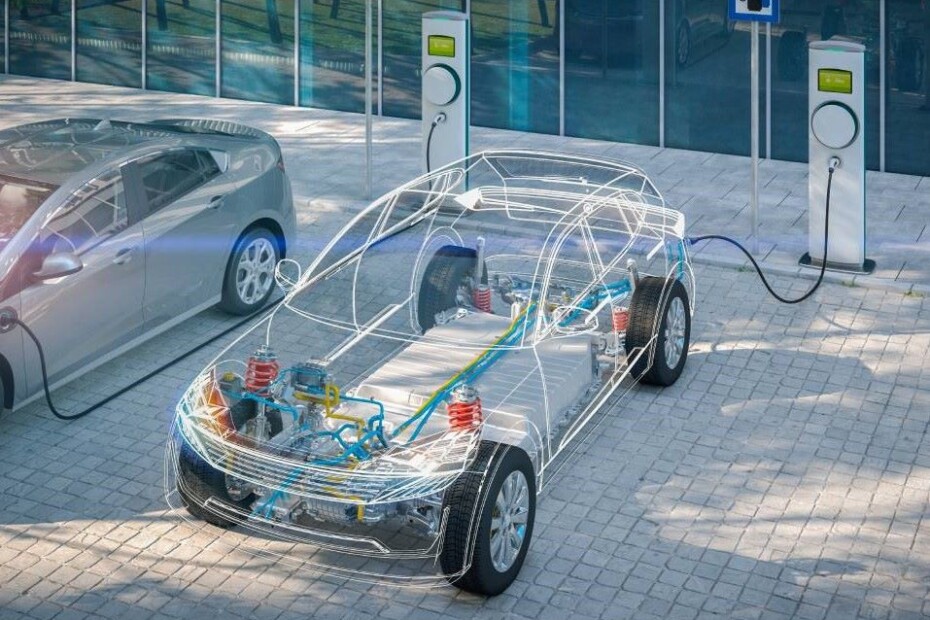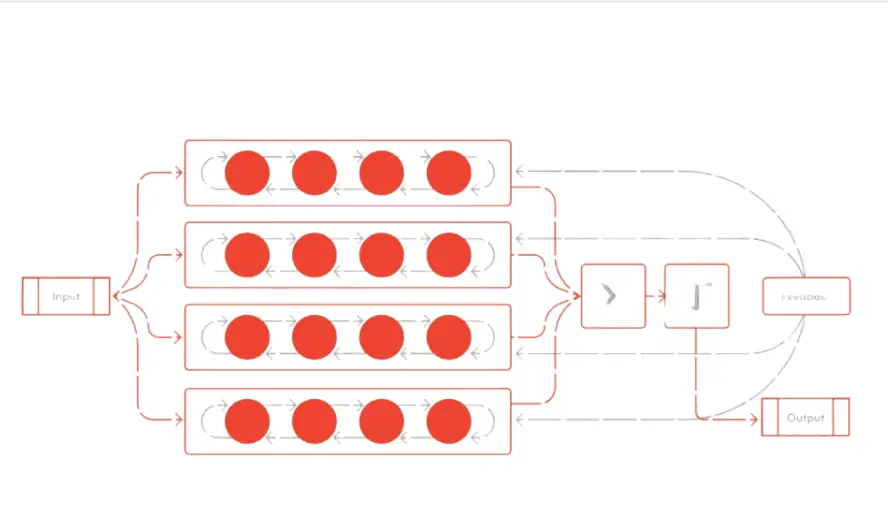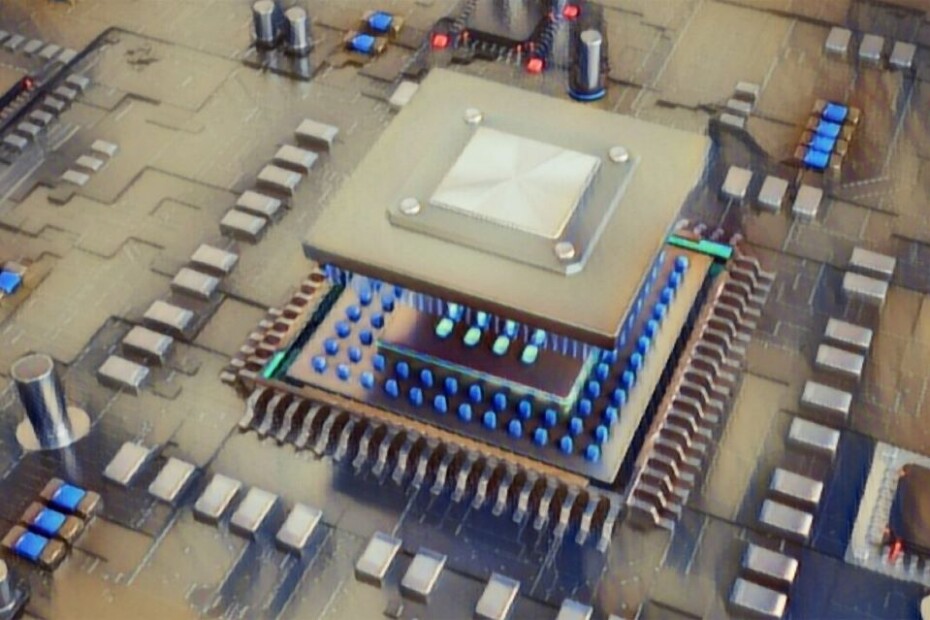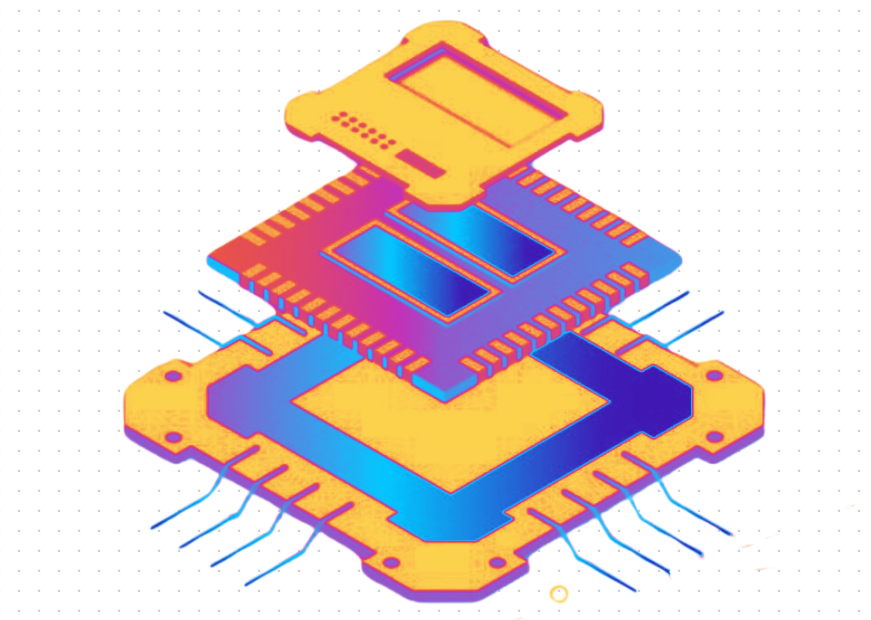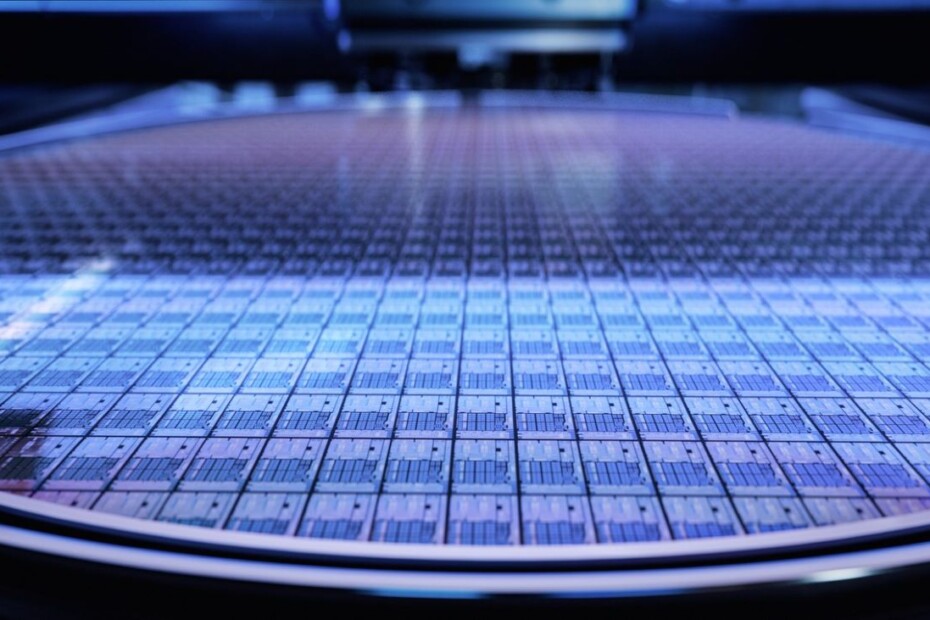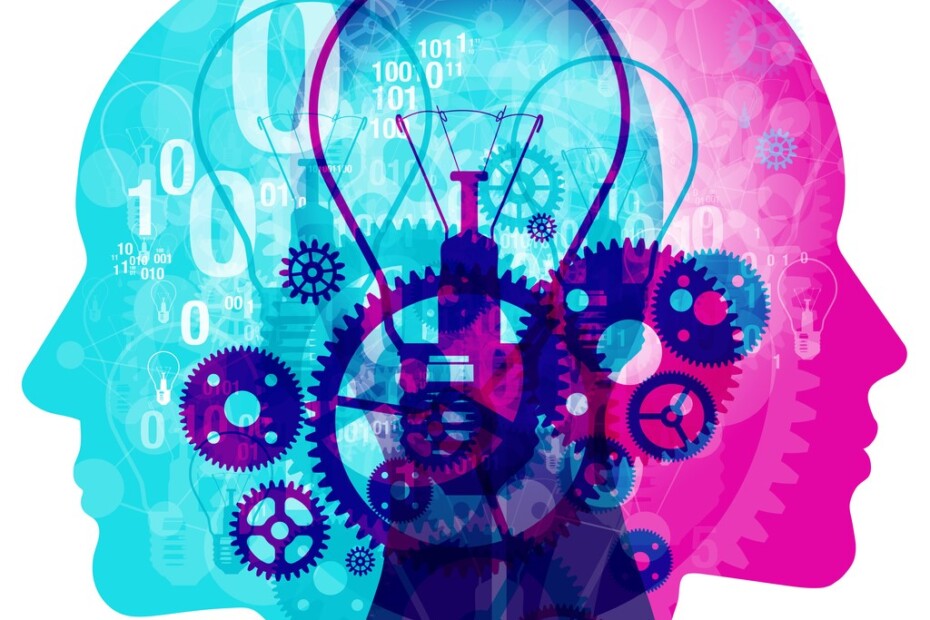Q.ANT With First Optical Computer for AI
What’s at stake:
In the computing industry, artificial Intelligence has created an unprecedented industry-wide AI wave, on which everyone in the electronics sector wants to surf. This includes photonics. But, is photonic computing mature enough to convince hyperscalers to try it for at least part of their AI processing?
Photonics developers now have a fresh pitch to the AI community: By using photons for AI processing instead of solely depending on electrons, the computing industry can substantially reduce AI-induced energy gluttony at data centers.
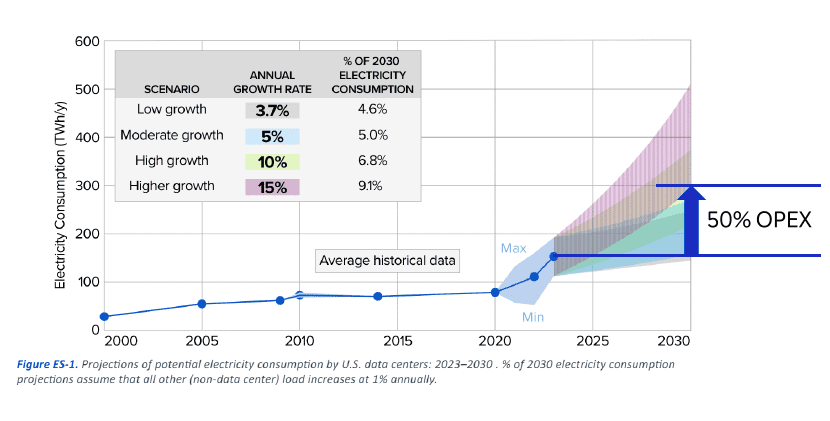
Optical computing itself isn’t new. But what’s different now is that many photonic processor startups with optical computing products are scrambling to exploit the fast-growing demand for energy-efficient AI computing.
Michael Förtsch, CEO of Q.ANT, a Stuttgart, Germany-based photonic computing startup, told the Ojo-Yoshida Report: “If you’re not changing the way we compute, the energy supply for data centers is going to be the bottleneck for progress on the next big step in AI.”
Read More »Q.ANT With First Optical Computer for AI
